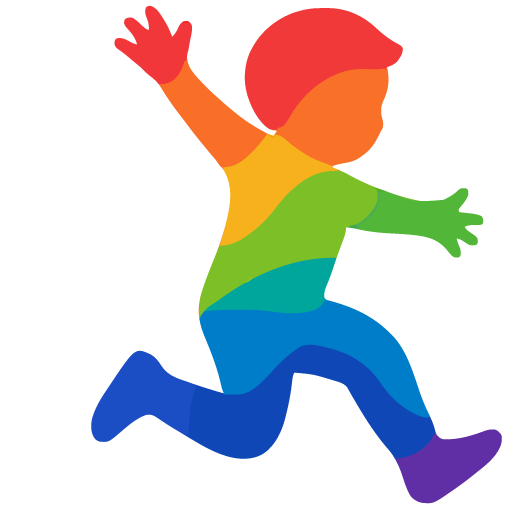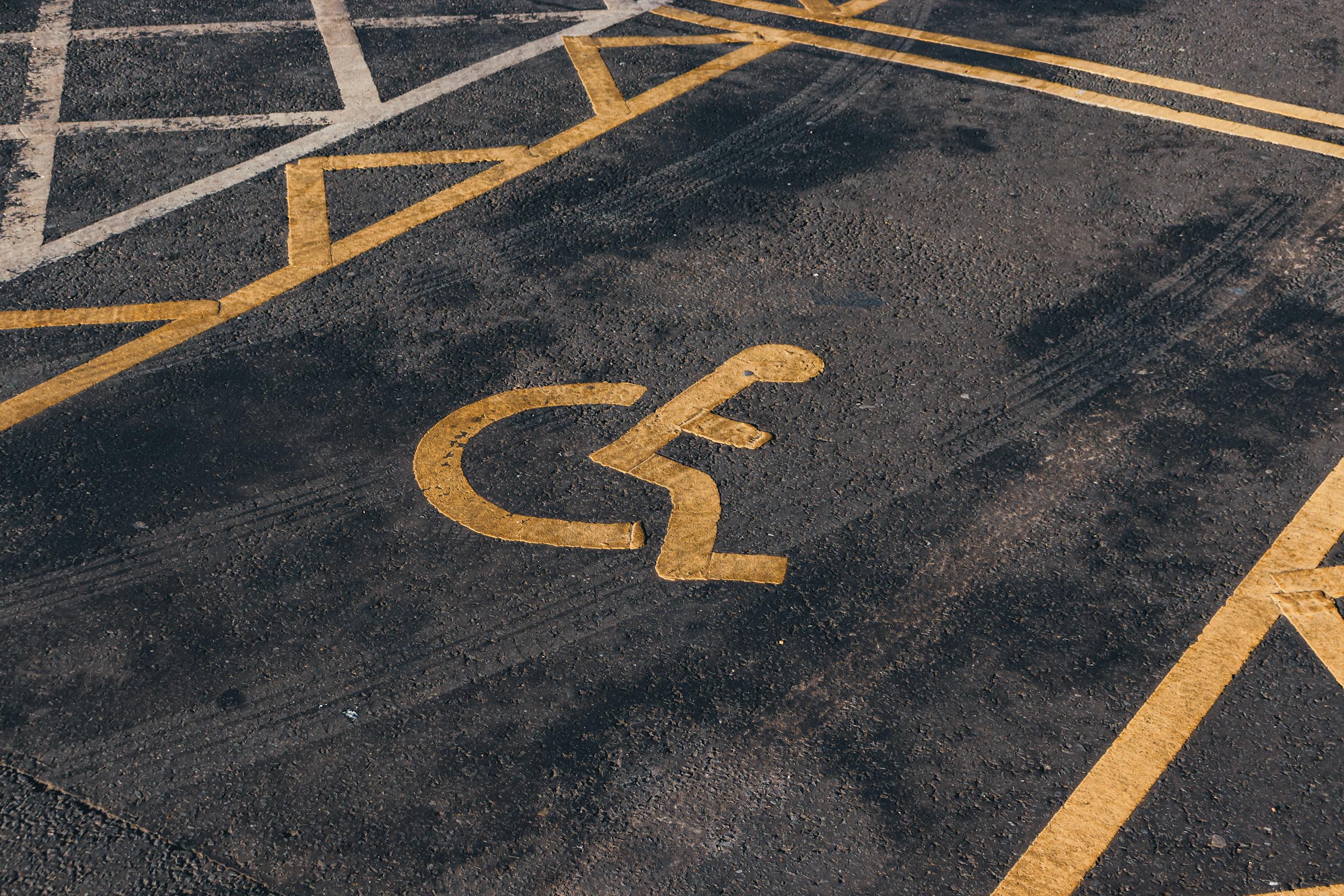For many families raising a child with SEND, the simple act of going out can feel like a military operation. Something as ordinary as parking the car suddenly carries risks and stress that most people wouldn’t even think about. That’s why the Blue Badge scheme exists — to make daily life a little bit safer, a little bit easier, for those who genuinely need it.
We’ve recently been through the process of applying for a Blue Badge for our child, and I thought it might help to share what that looked like.
The Application Process
The form was completed online through our local authority’s website. It started with the basics — personal details for our child, plus information about their GP and any other professionals or teams involved in their care. We were also asked to list current medication and treatments.
But the real heart of the form was about showing why our child needs the Blue Badge.
Explaining Our Child’s Needs
We had to describe how the Blue Badge would assist our child in day-to-day life. For us, the risks begin the moment we step out of the car:
- Car parks are a hazard. Our child has a tendency to bolt, or drop to the ground without warning. In a busy car park, this is dangerous for them and stressful for us.
- Crossings and junctions are tough. Parking closer to venues reduces the number of roads we need to cross, which lowers risk and helps keep everyone calmer.
- Routine matters. Even small changes to routine can escalate into meltdowns, and navigating through long car parks or across busy roads just adds to the pressure.
We also had to outline the measures we’d already tried. We explained that we use parent-and-child parking spaces whenever possible, but this means carefully timing our outings to when those spaces are likely to be free — or the least likely to be abused by someone who isn’t in need. Sometimes we strap our child into their pushchair for safety between the car and our destination, but this doesn’t always work — it can cause increased anxiety, and we’ve had to cancel outings altogether when they became too distressed.

Everyday Risks
The form asked about the frequency of these challenges. For us, it’s every single journey. Our child doesn’t recognise the dangers of traffic, becomes impatient at crossings, and often tries to pull us into the road.
We also described difficulties during car journeys themselves. Our child can become very distressed, sometimes throwing objects such as food or even their tablet, with no awareness of the danger this poses.
Control, Awareness, and Anxiety
The form asked about control and awareness. We explained that our child struggles to understand consequences, and their behaviours in public spaces often put themselves and us at risk.
Anxiety was another area. We highlighted how our child sometimes drops to the floor without warning — a behaviour that’s difficult to manage safely in busy or hazardous environments.
Supporting Evidence
Alongside the form, we submitted as much supporting documentation as possible: medical reports, letters from professionals, and historical notes about our child’s needs. This evidence helps strengthen the application and shows that the risks are consistent and well-documented.
The Positive Impact
After all that, our child was awarded a Blue Badge. We’ve been using it ever since, and the difference has been huge. Outings that once felt like high-stakes battles are now calmer, safer, and more manageable. Parking closer to entrances means fewer roads to cross, less risk of bolting, and less time spent in environments that trigger meltdowns.
That said, we’re careful about how we use it. For us, it’s about striking a balance between need and greed. If a venue has parent-and-child spaces right next to disabled bays, we’ll often choose those instead, leaving the disabled spaces free for someone who might need them even more. Having the badge isn’t about privilege; it’s about safety and dignity — and using it responsibly.
Final Thoughts
The process wasn’t short — it asked some very detailed and sometimes emotional questions — but it gave us a chance to explain our child’s needs honestly and fully. For us, applying for a Blue Badge wasn’t about convenience; it was about safety, dignity, and being able to live our lives with just a little less stress.
If you’re considering applying, my advice would be:
- Be honest and specific about the risks.
- Show how often they occur — don’t downplay them.
- Provide as much supporting evidence as you can.
Every local authority might ask slightly different questions, but the essence is the same: proving that your child’s needs make standard parking unsafe or unsuitable.
For families like ours, the Blue Badge can make all the difference.





